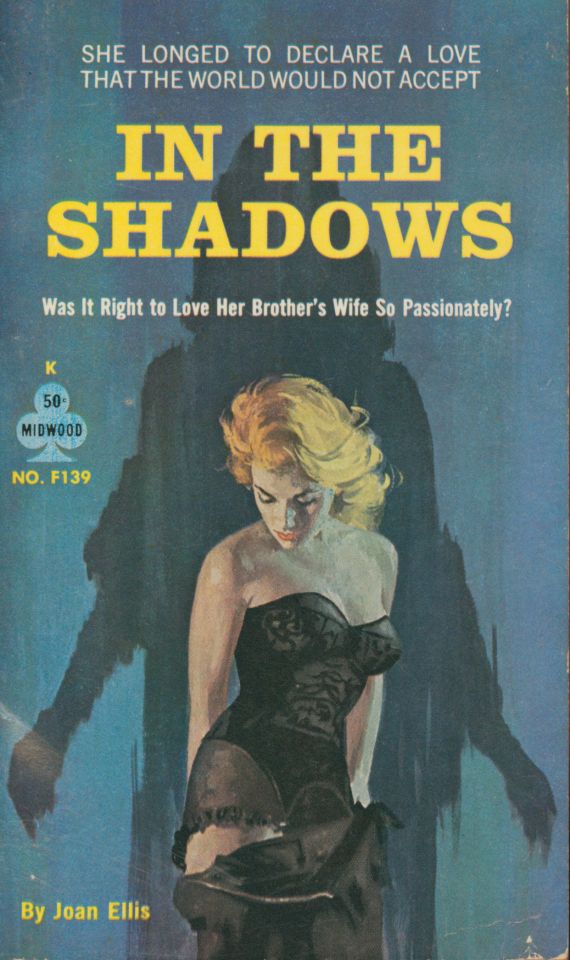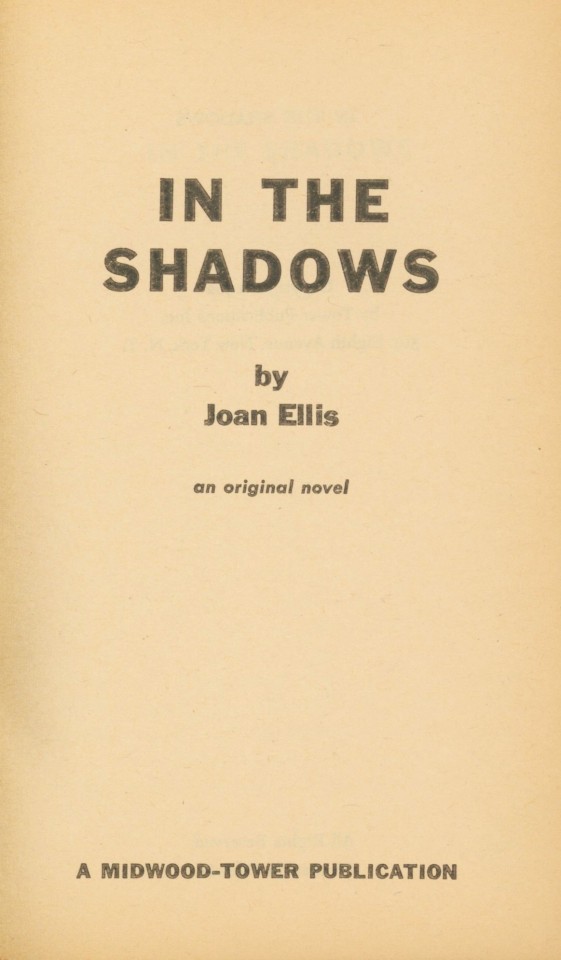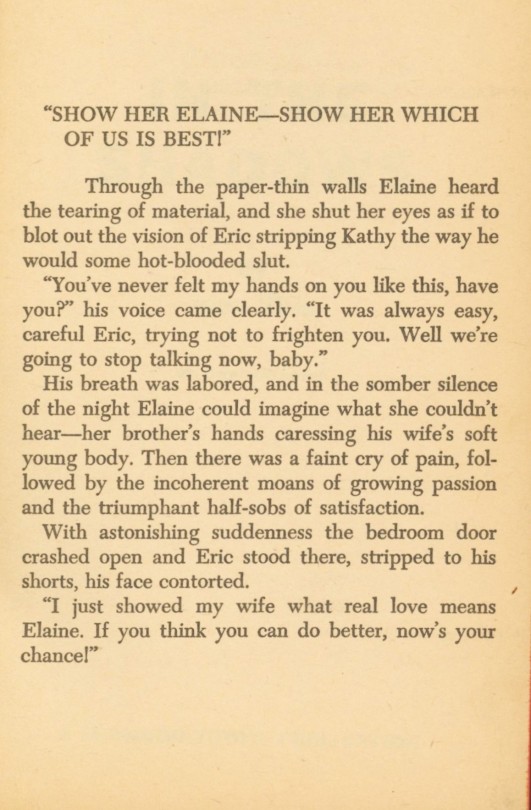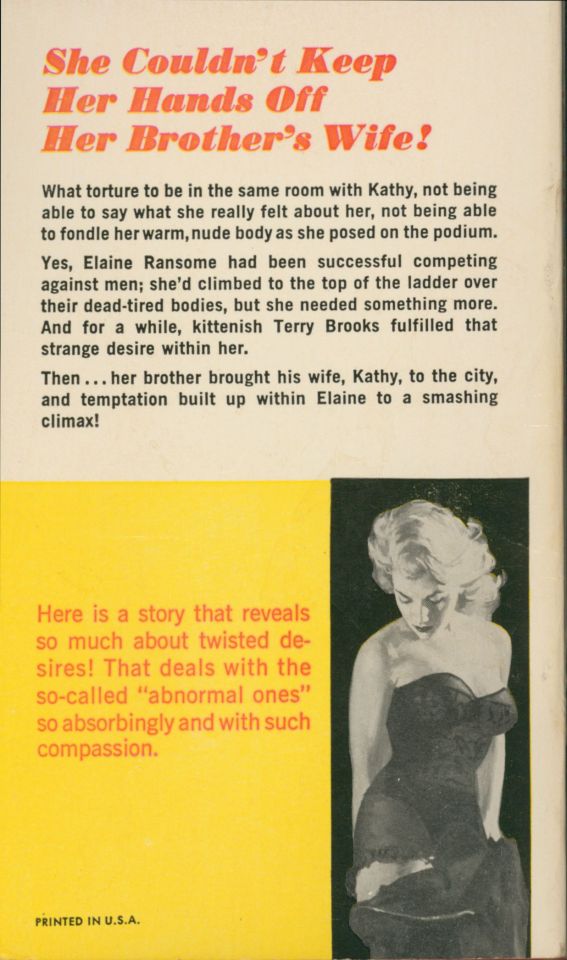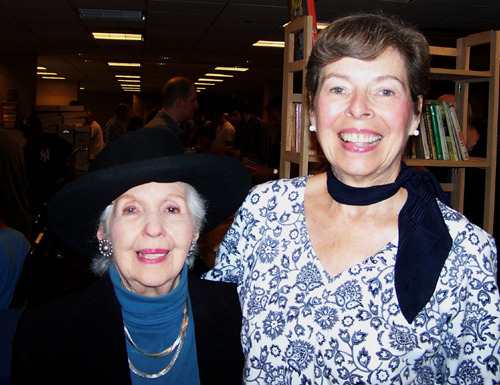Steamy Saturday
- “She longed to declare a love that the world would not accept.”
- “For a while, the kittenish Terry Brooks fulfilled that strange desire within her.”
- “Then … her brother brought his wife, Kathy, to the city… .”
- “Was it right to love her brother’s wife so passionately?”
- “… temptation built up within Elaine to a smashing climax!”
Since we haven’t scanned the plot yet, all we know about the story is what is revealed on the covers and inside blurb, which are intriguing enough. But we were initially drawn to In the Shadows, by noted lesbian fiction writer Joan Ellis and published in New York by Midwood in 1962, by its stylish cover illustrated by the veteran pulp cover artist Robert Mcguire.
We do know, however, that the author Joan Ellis, one of the many pseudonyms used by the writer Marilyn Sylvia Wasserman (1919-2006), although not a lesbian herself, insisted on happy endings for her lesbian characters at a time when most lesbian fiction ended in tragedy or a return to heterosexuality. A quick review of the final page of this novel seems to show that, whether or not the romance ended well, the main character, high-powered business executive Elaine Ransome, seems at peace with her decision to return to a life of painting and contemplation.
Wasserman wrote fiction under many different names for a number of pulp publishers, but ended her career writing mainstream fiction under the name Julie Ellis. One of her colleagues at Midwood noted that “Julie was not a ‘dirty book writer,’ didn’t belong in our business, too much class.” Her niece Robin Cohen, a collector of lesbian pulps, only came to learn that her great aunt was the Joan Ellis after decades of collecting. Cohen discusses this in her You Tube presentation, My Life in the Pulps.
Joan Ellis (left) with celebrated lesbian fiction writer Ann Bannon in 2004.
View more posts on lesbian romance fiction.
View more LGBTQ+ posts.
View other pulp fiction posts.
